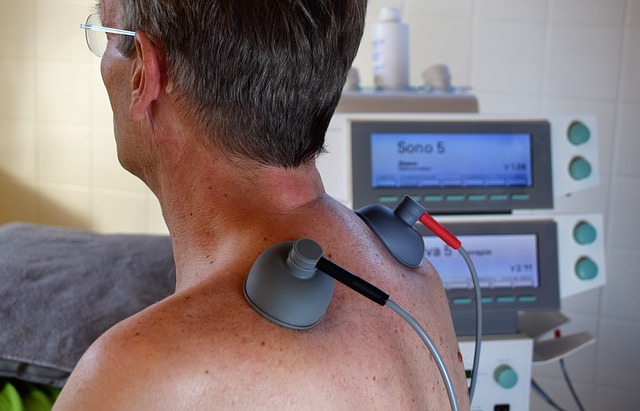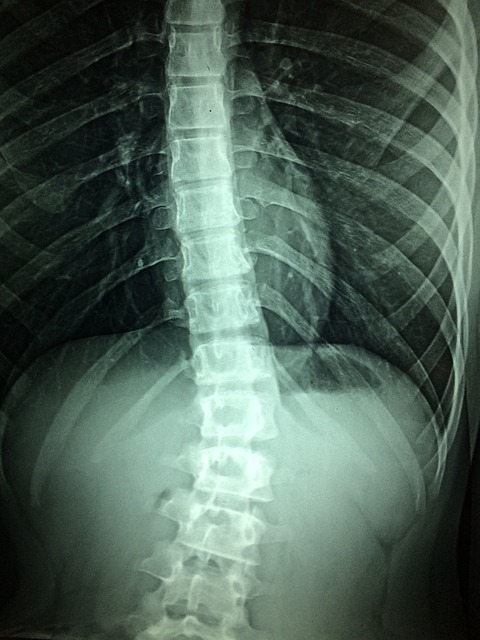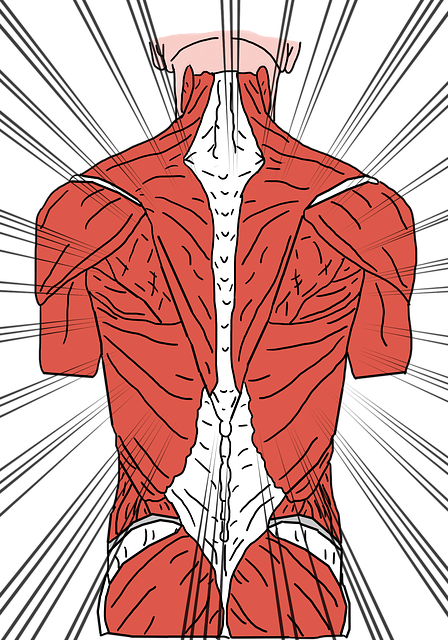
In essence, spinal decompression therapy involves the stretching of the spine using a traction table or a similar motorised device. The goal of the therapy is to relieve leg or back pain. This procedure is also known as nonsurgical decompression therapy and is often carried out by a seasoned chiropractor.
If you’re a candidate for nonsurgical decompression therapy, this article will provide an overview of the procedure. It will also give you an insight into its role in the treatment of leg, lower back, and neck pain.
Theory of Spinal Decompression
Nonsurgical decompression therapy makes use of the basic principle of spinal traction offered by trained health professionals like osteopaths and chiropractors. Both decompression and traction therapy are used with the goal of relieving pain as well as promoting optimal ealing for degenerating, bulging, and herniated discs.
Spinal decompression therapy is also a type of traction therapy that’s applied to the spine in an attempt to achieve the following benefits:
Promote repositioning or retraction of the bulging or herniated disc material.
Cause an influx of healing substances and other nutrients into the disc.
How Spinal Decompression Therapy is Carried Out
In nonsurgical spinal decompression therapy, the spine is relaxed and stretched intermittently and in a controlled manner. The theory is that this process will create a negative pressure within the disc itself (intradiscal pressure). This is believed to have 2 potential benefits:
It pulls the bulging or herniated disc material back into the disc
It facilitates the passage of healing nutrients into the disc and fosters a great healing environment
Spinal Decompression Sessions
During spinal decompression therapy for the lumbar spine (low back), patients will remain clothed and lie on the motorised table. A harness is then placed around the hips and is attached to the lower table situated near the feet.
The upper part of the table will stay in a fixed position. The lower part (where the patient is harnessed), will slide back and forth to provide both relaxation and traction.
The patient’s position on the table often differentiates one decompression therapy from another. For instance, some devices will have the patient in a prone position, lying face down on the table. Other devices on the other hand will have the patient lying supine and face up. While patients feel a stretch in their spine during a decompression therapy session, they won’t feel any pain or discomfort.
Decompression therapy usually consists of a series of 15 to 30 treatment sessions. Each session will often last around 30 to 45 minutes each and is spread over a 4 to 6-week period. Decompression therapy is often conducted in the practitioner’s office.
Some decompression therapy sessions can include additional treatment modalities like ultrasound, electric stimulation, and heat and cold therapy (applied after or during the procedure).
Spinal Decompression Therapy Indications
Spinal decompression therapy is often the treatment alternative for sciatica (leg pain), neck pain secondary to bulging, degenerated, or herniated discs, and several types of lower back pain.
Spinal Decompression Therapy Contraindications
Stretching the spine in order to relive back pain is not ideal for all people. The following are individuals who are not considered good candidates for the procedure:
Those with broken vertebrae
Pregnant women
Those who have had spinal fusion
Those with an artificial disc or other implants in the spine
Those who have had a failed back surgery
Those who have had multiple surgeries
Spinal decompression is also not ideal for individuals with the following medical conditions:
Spinal stenosis
Spinal tumor
Ankylosing spondylitis
Osteopenia
Osteoporosis
Spinal infection
Conditions that compromise the spine’s integrity
Patients who are taking blood thinner medications


